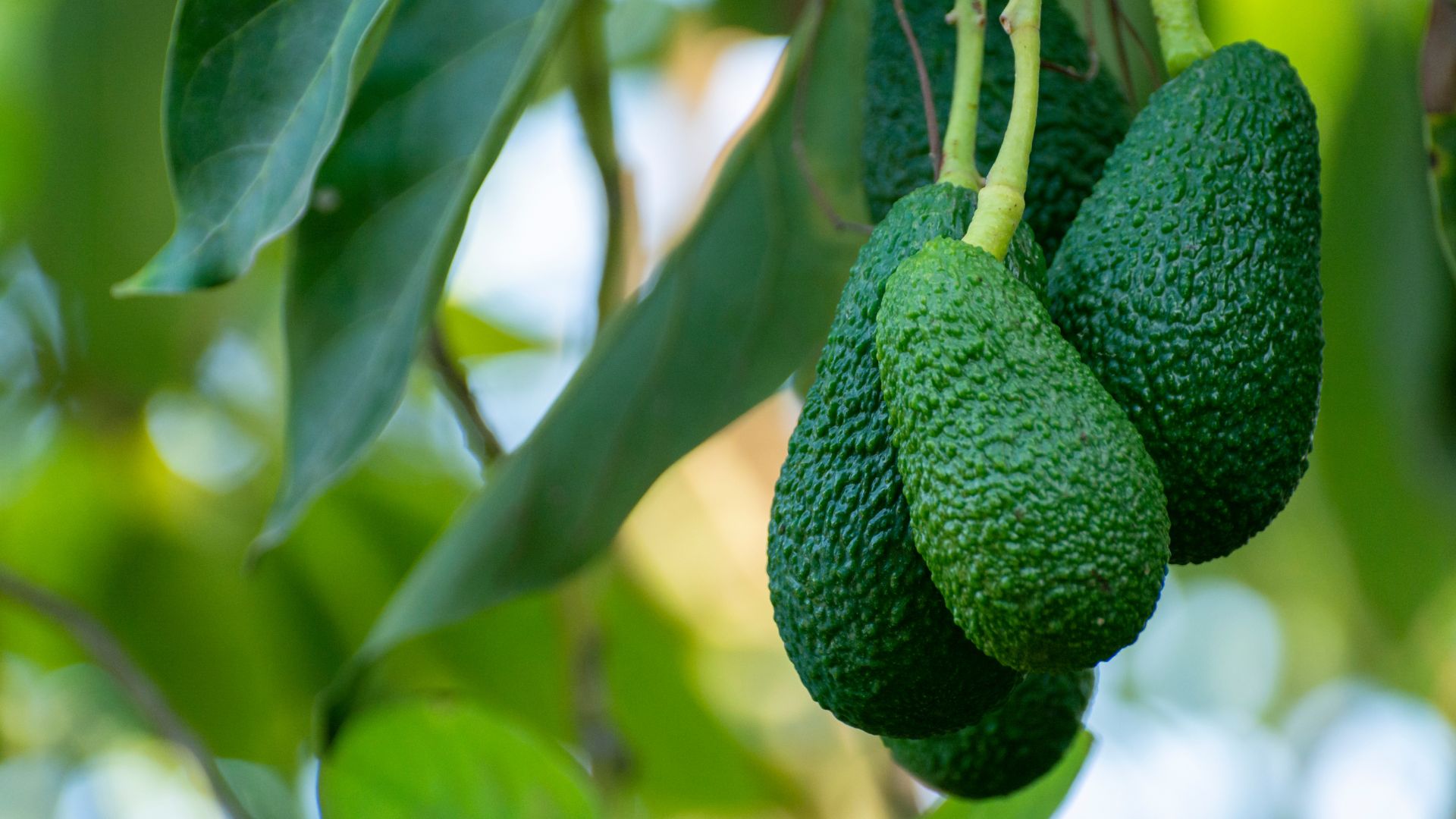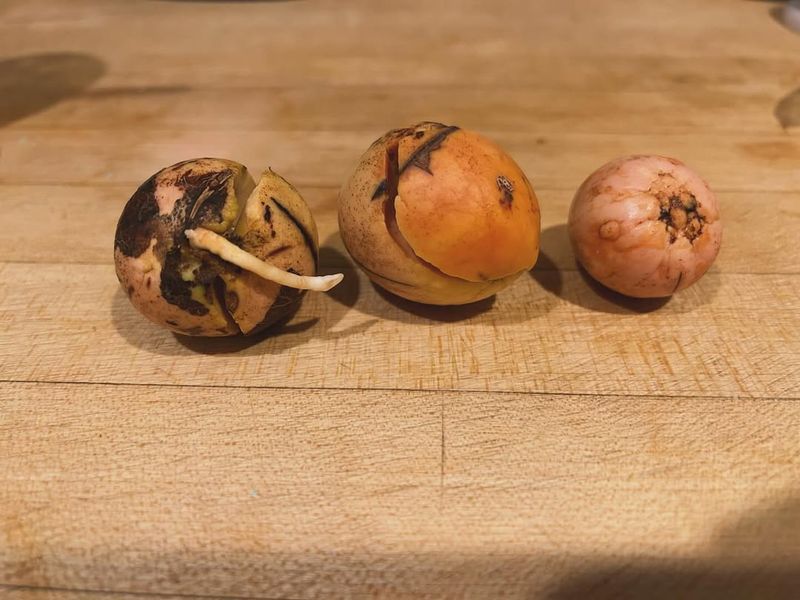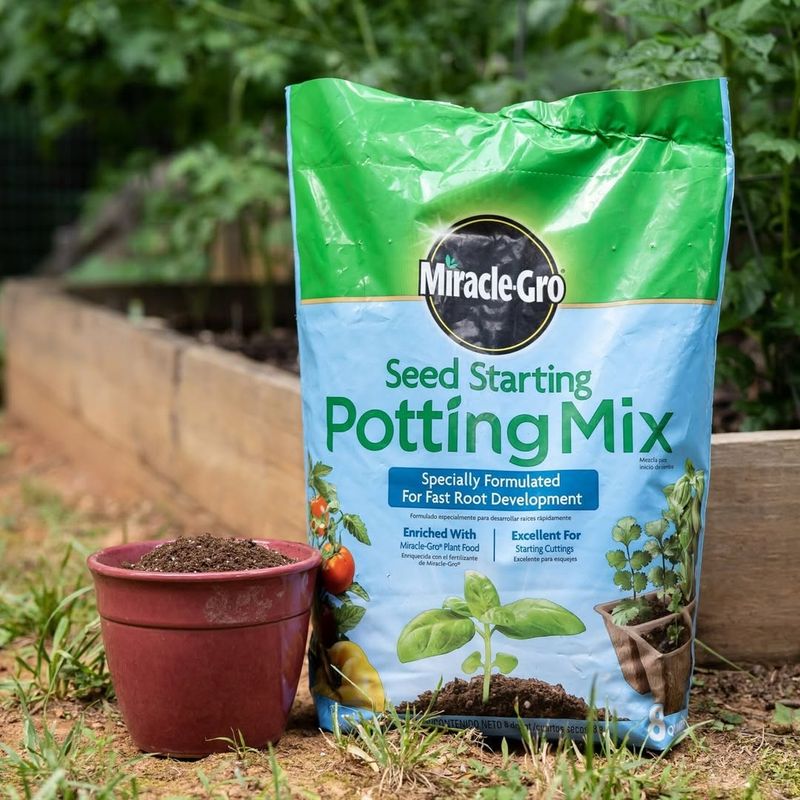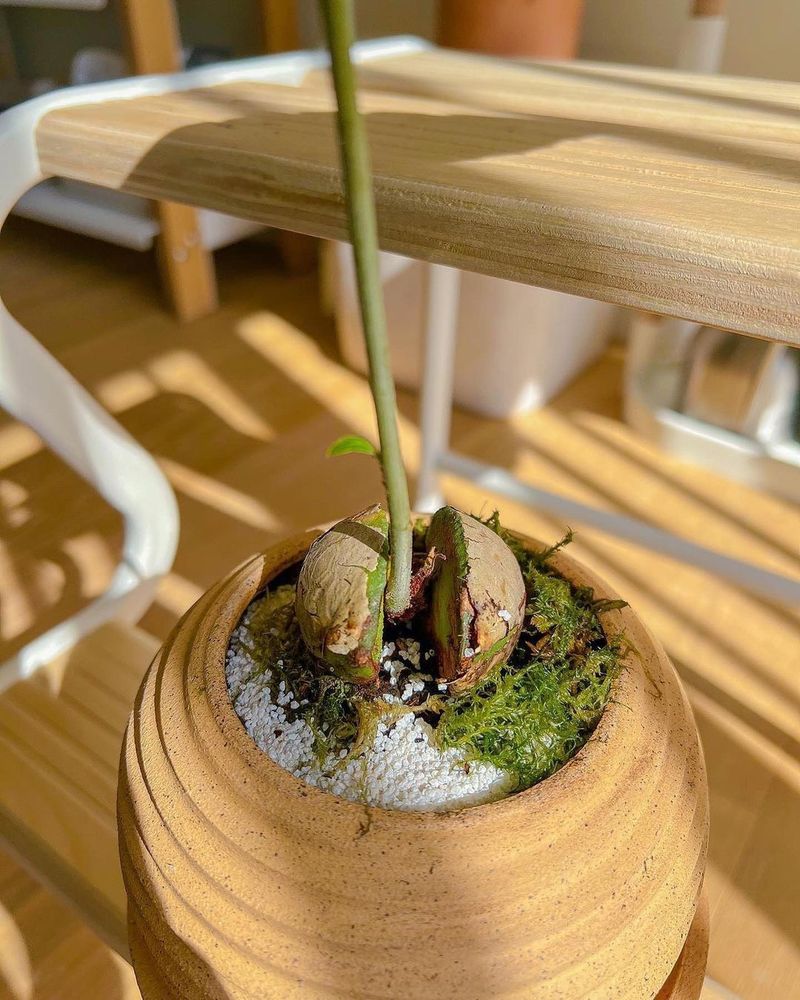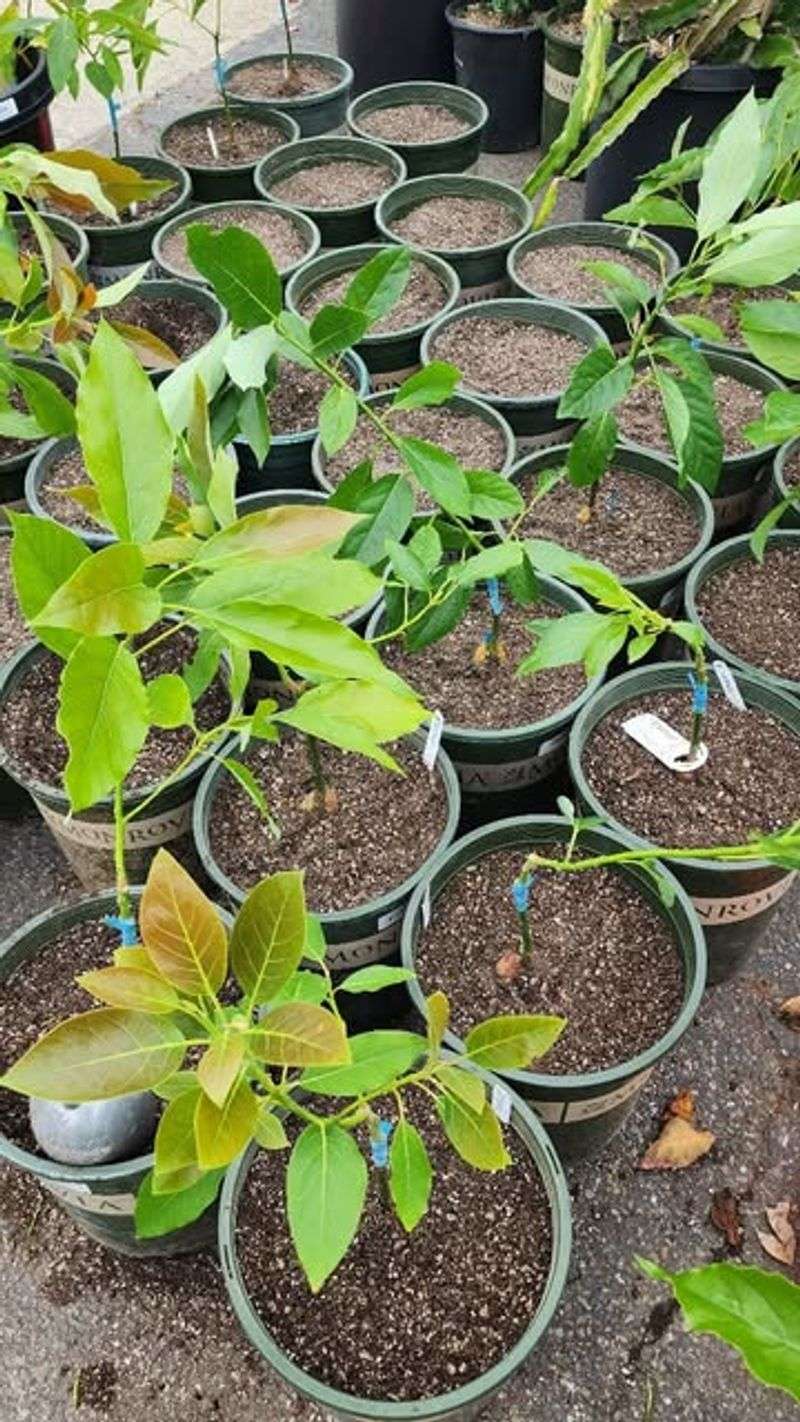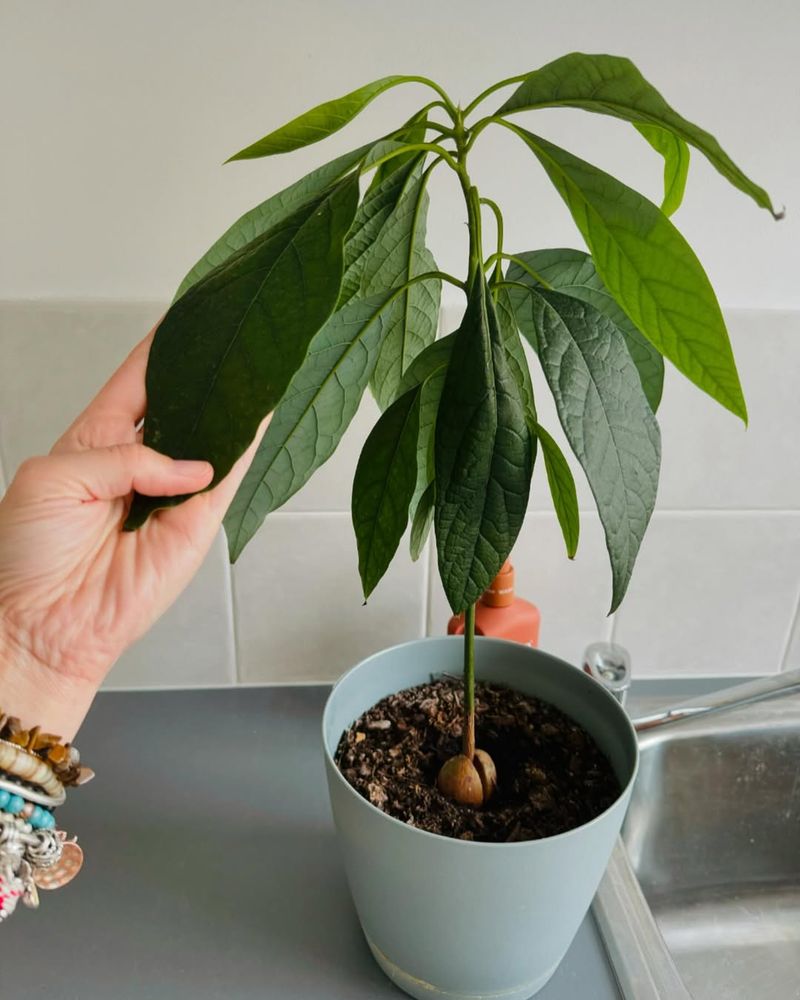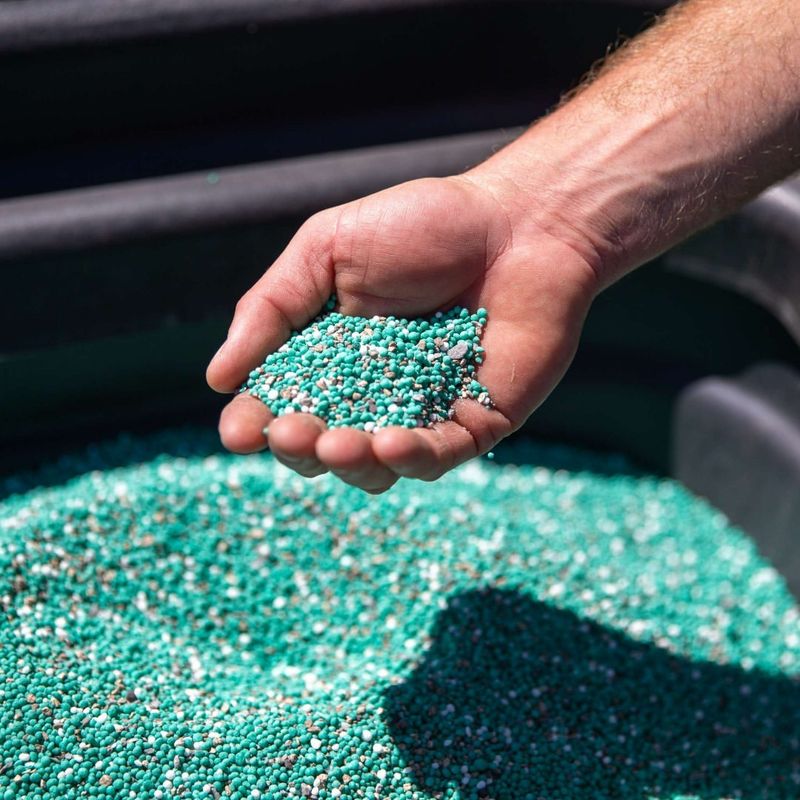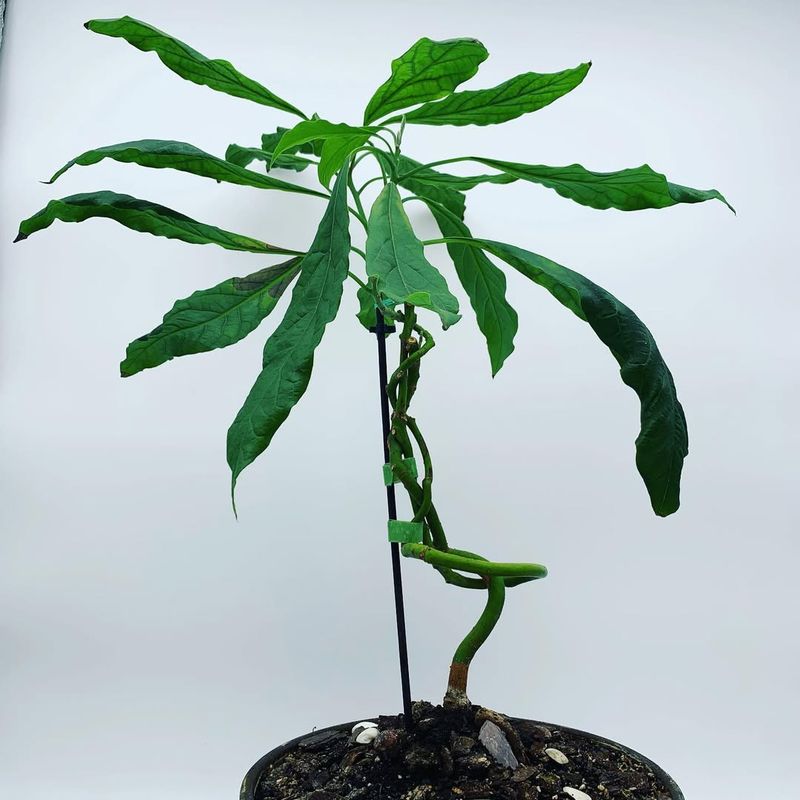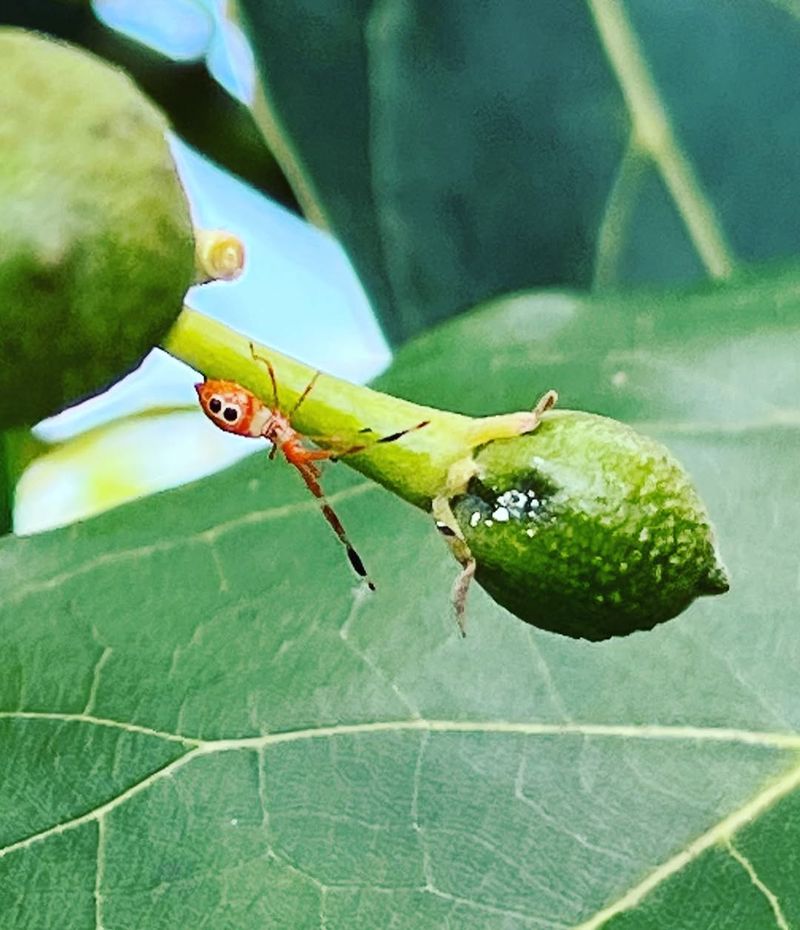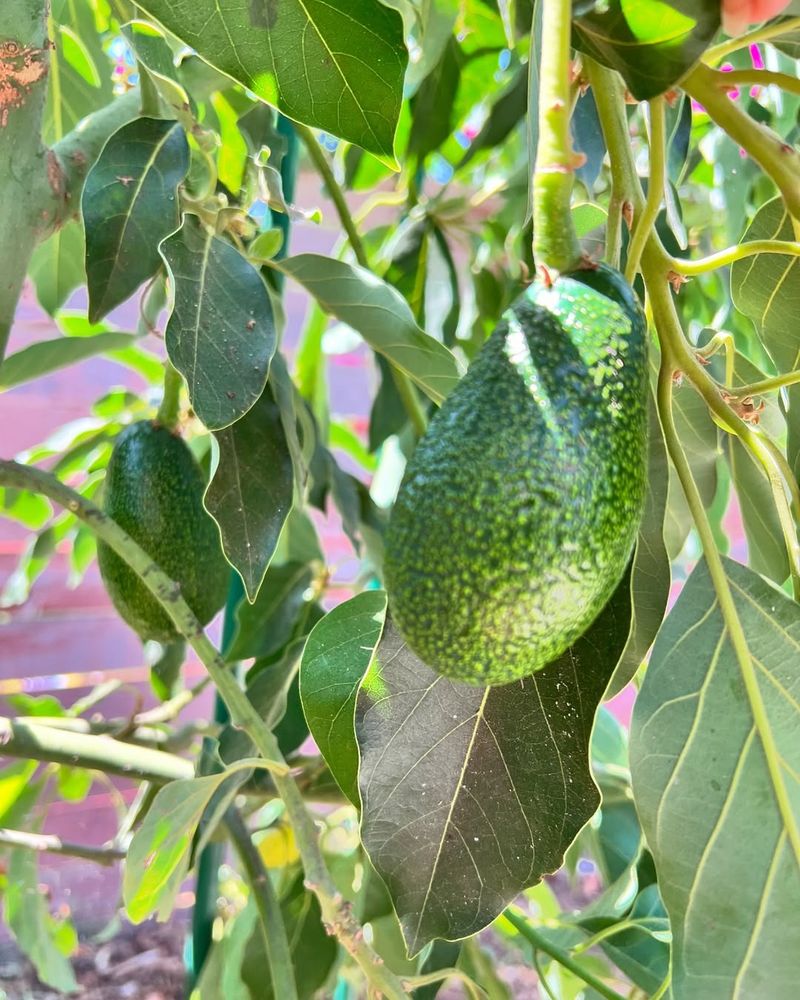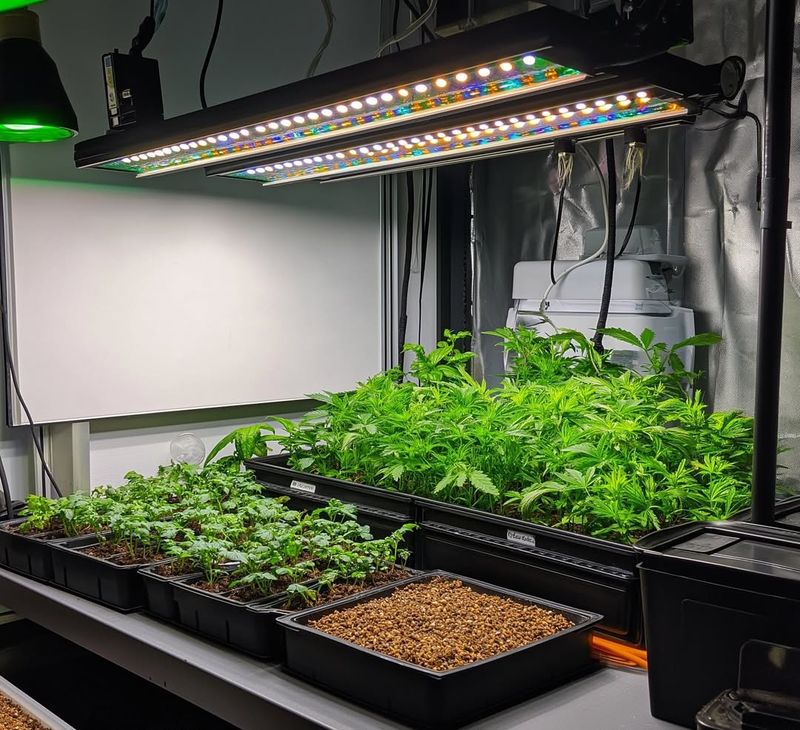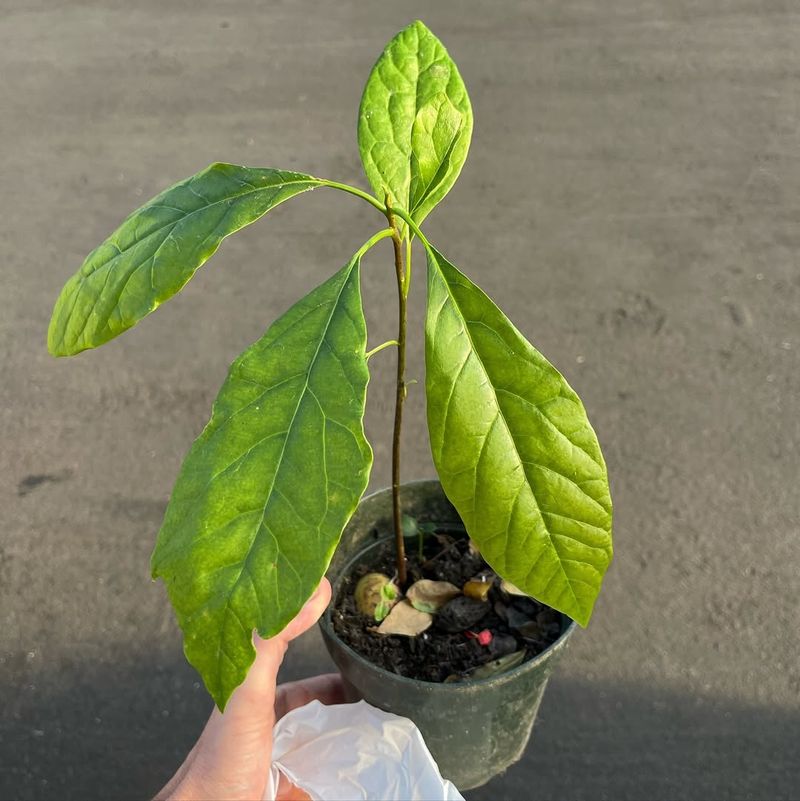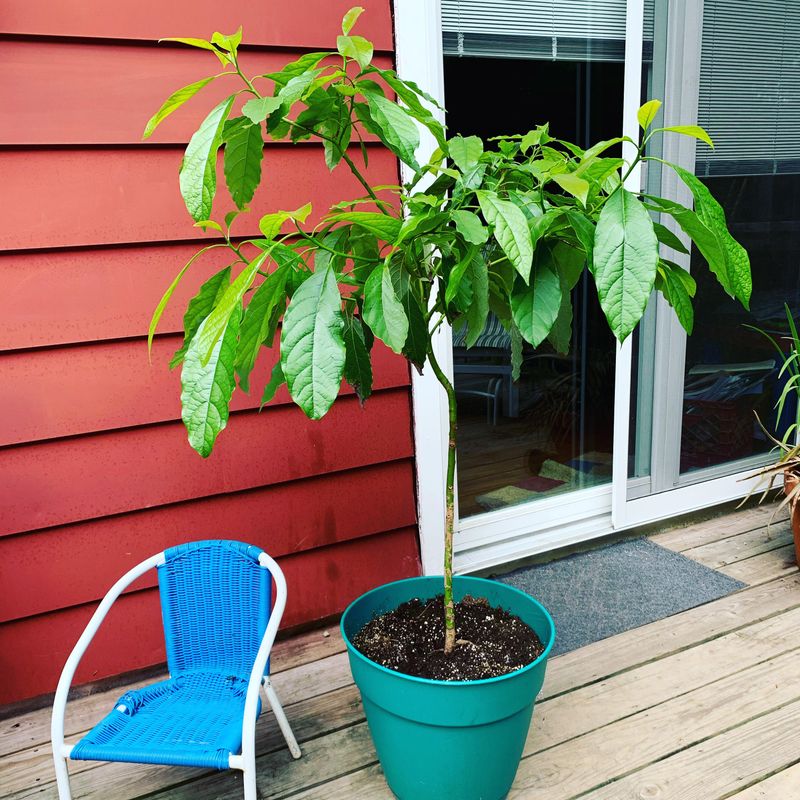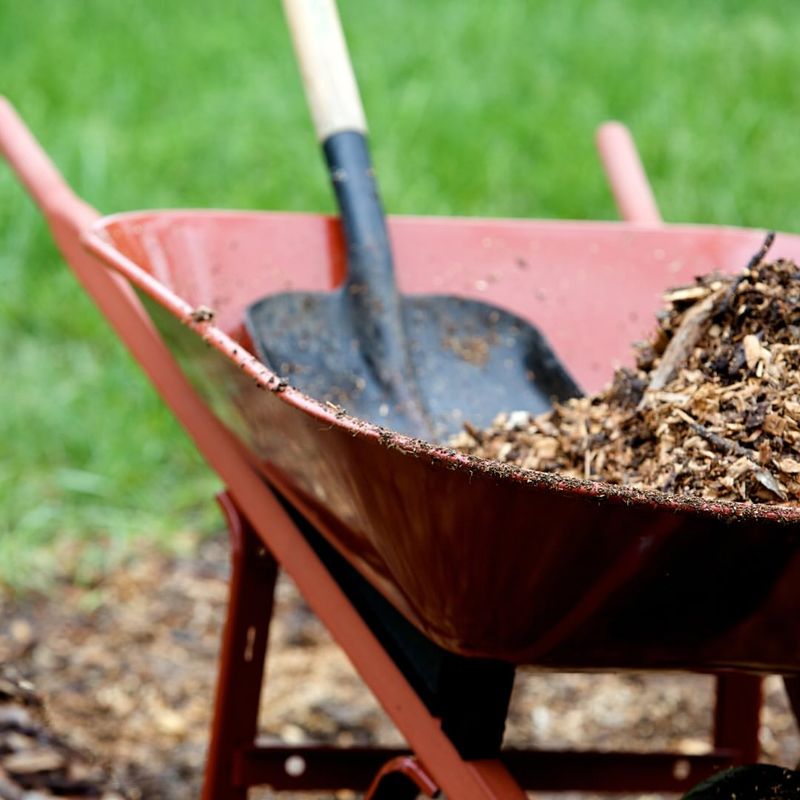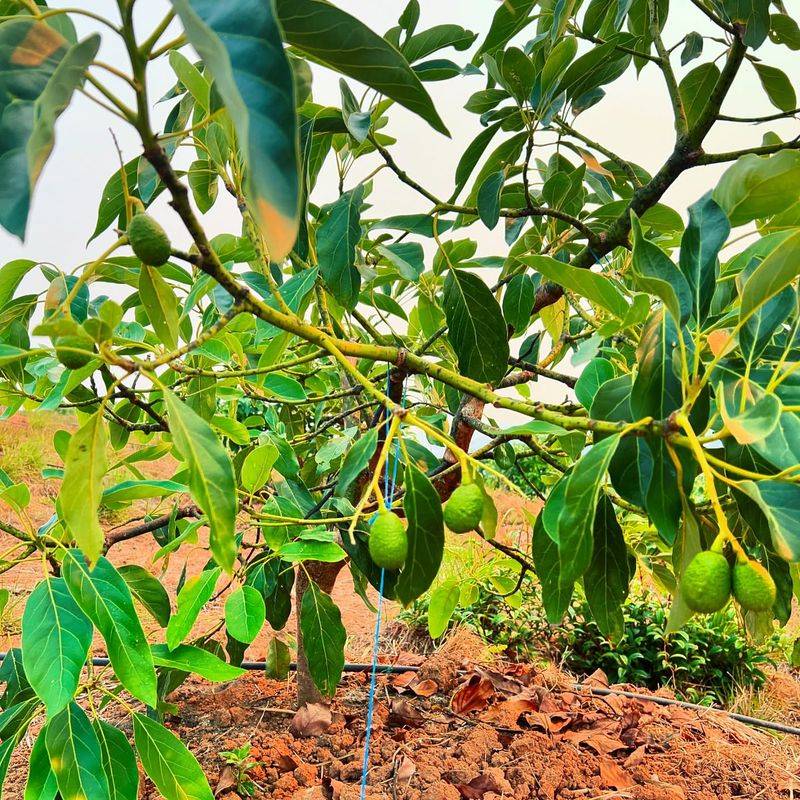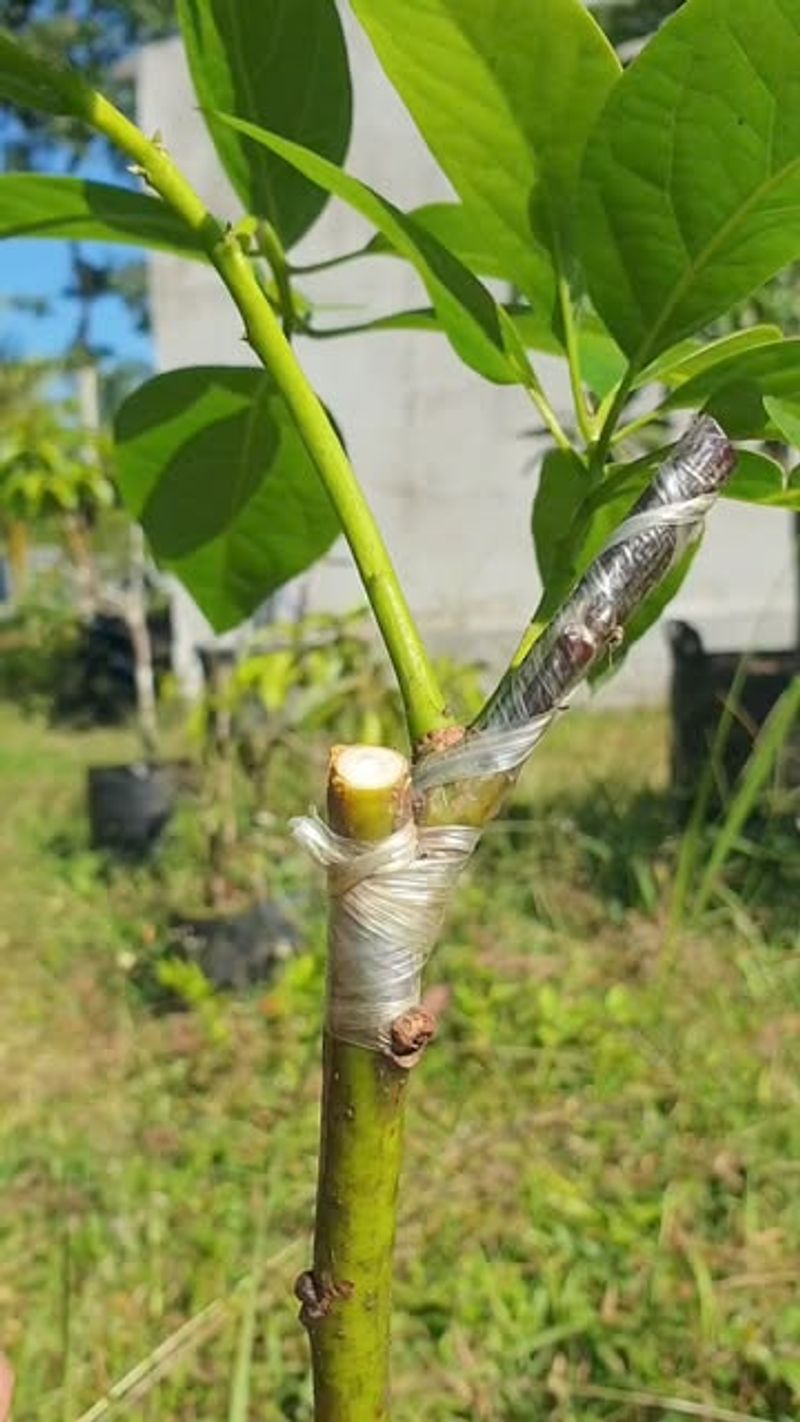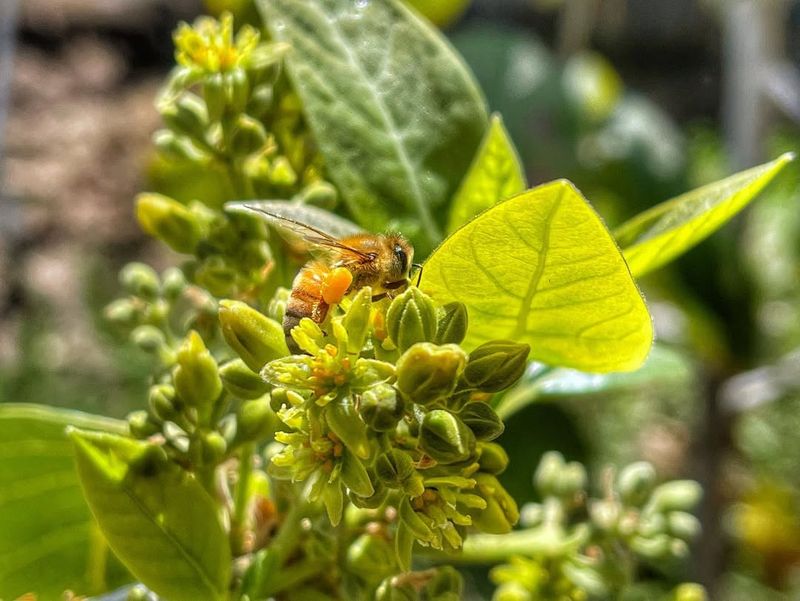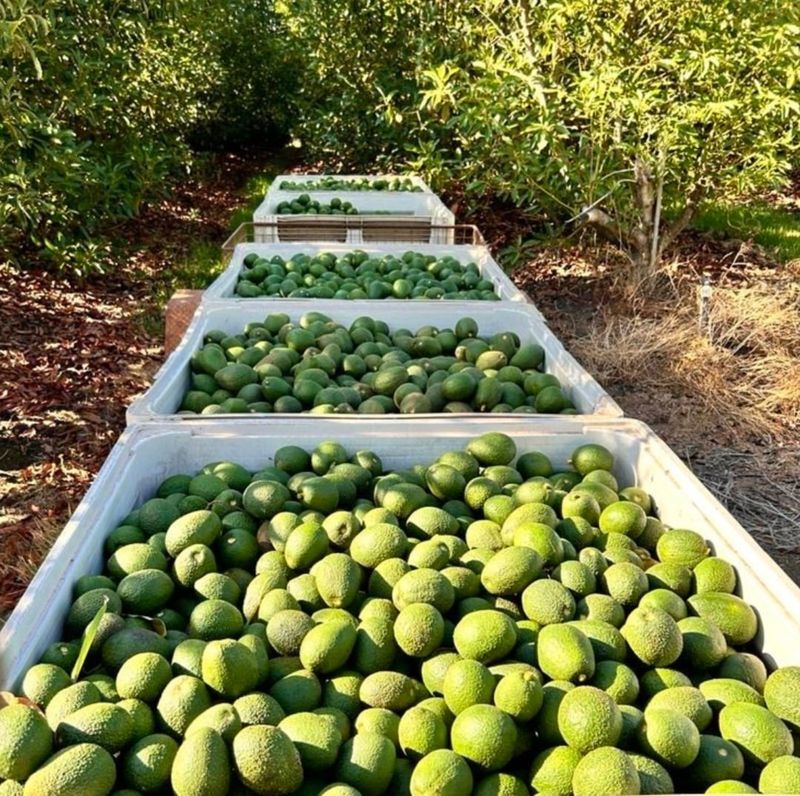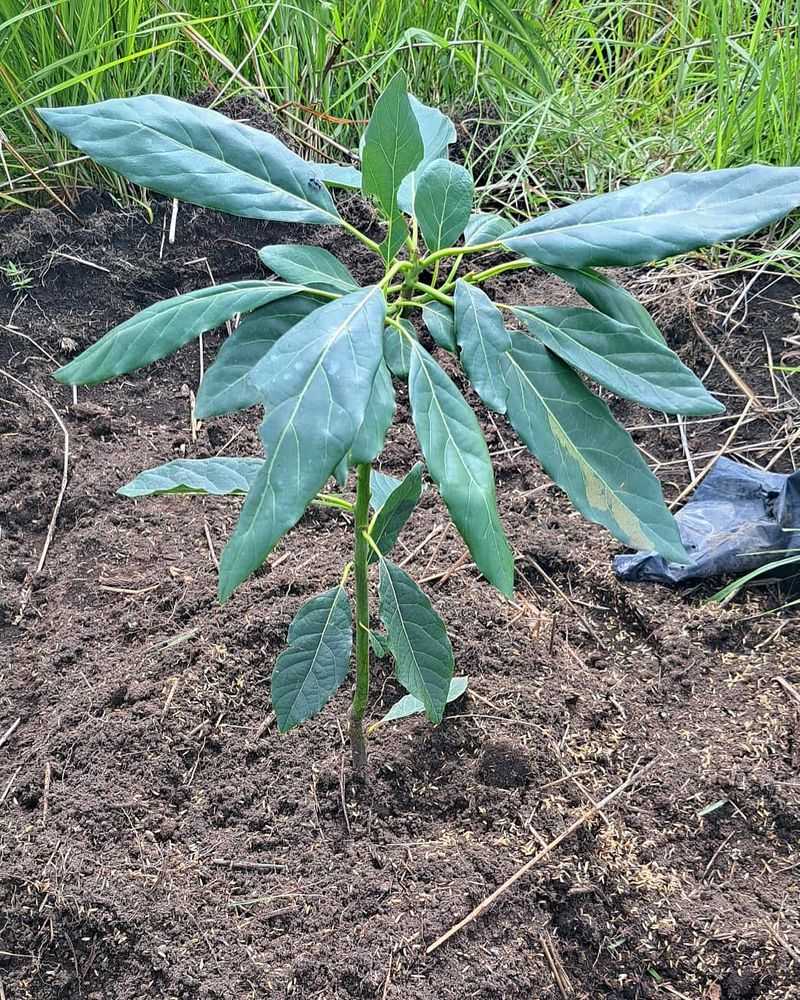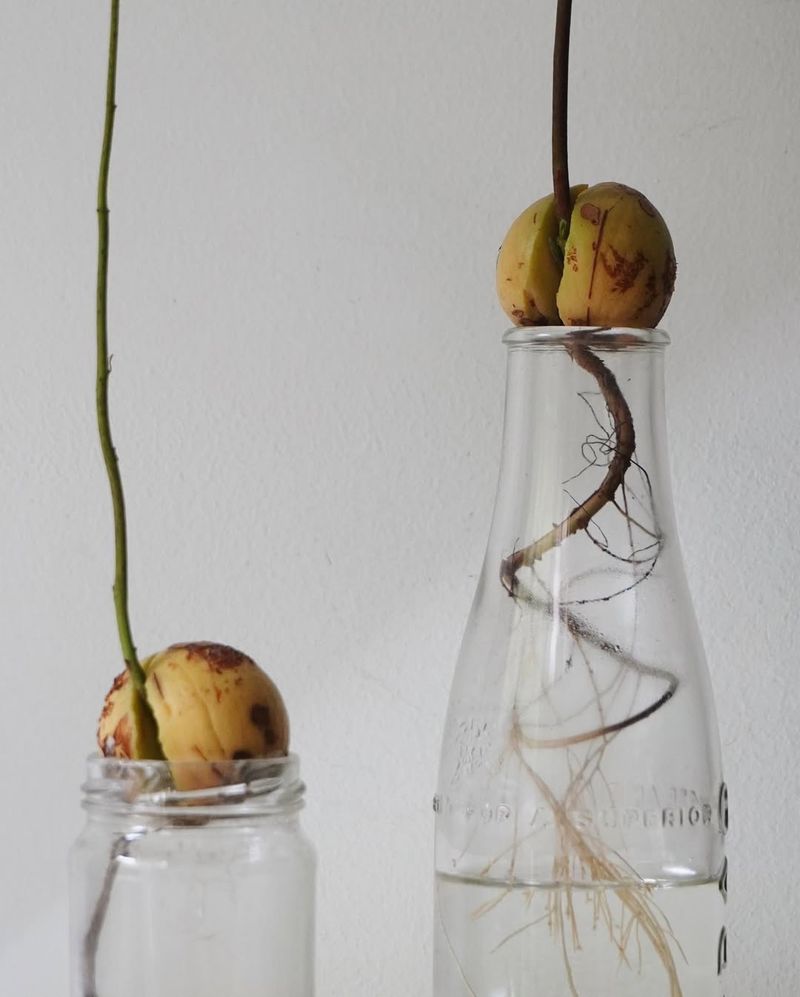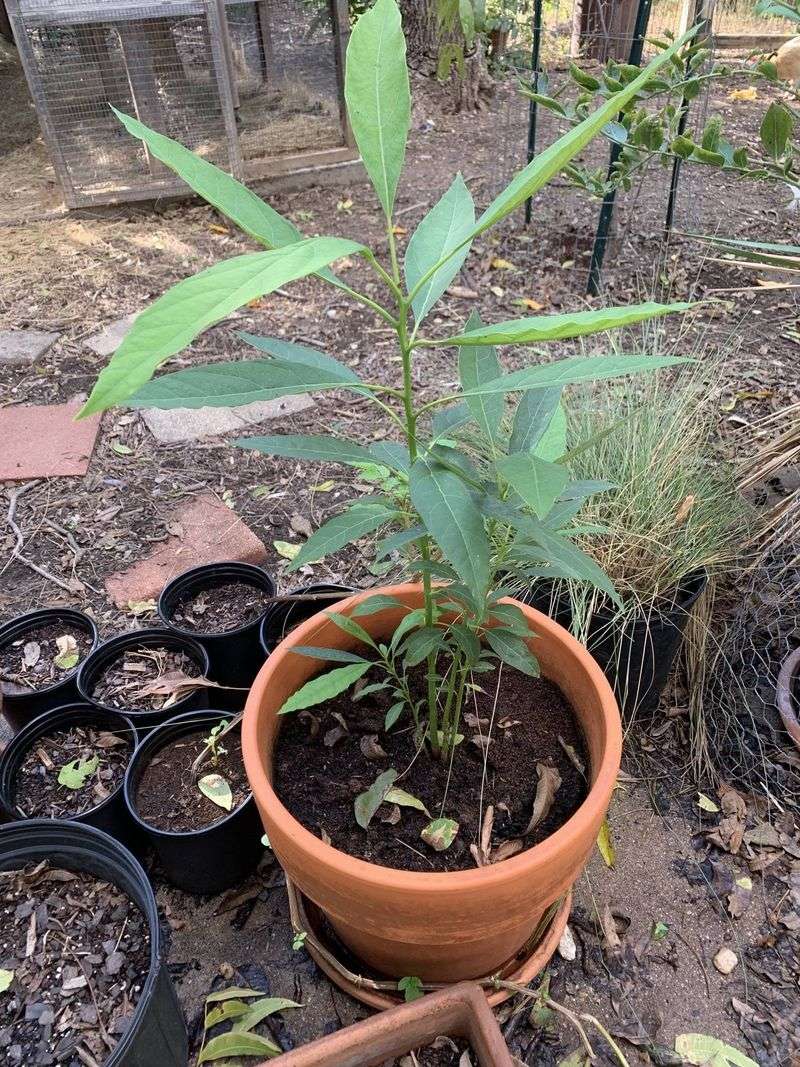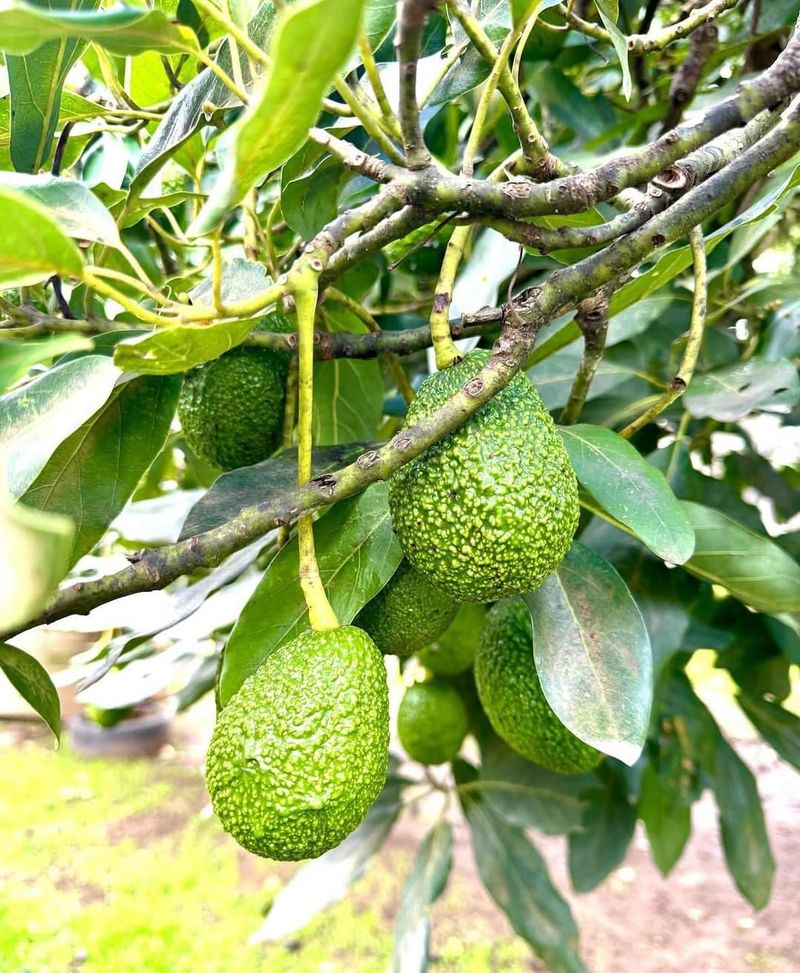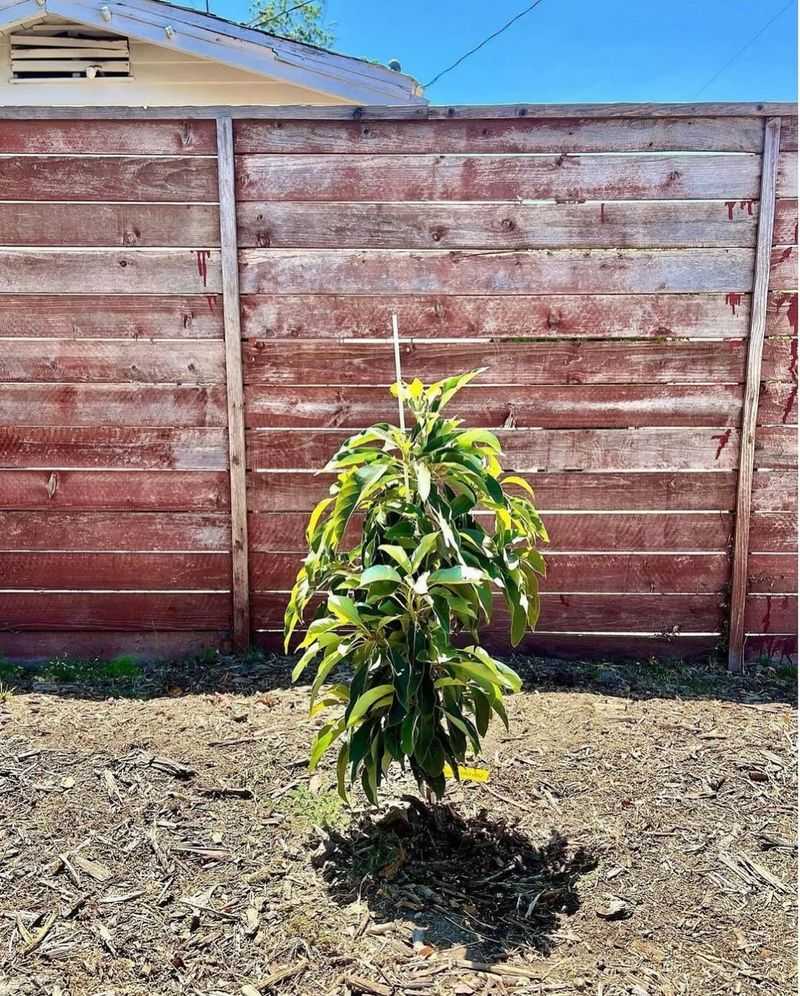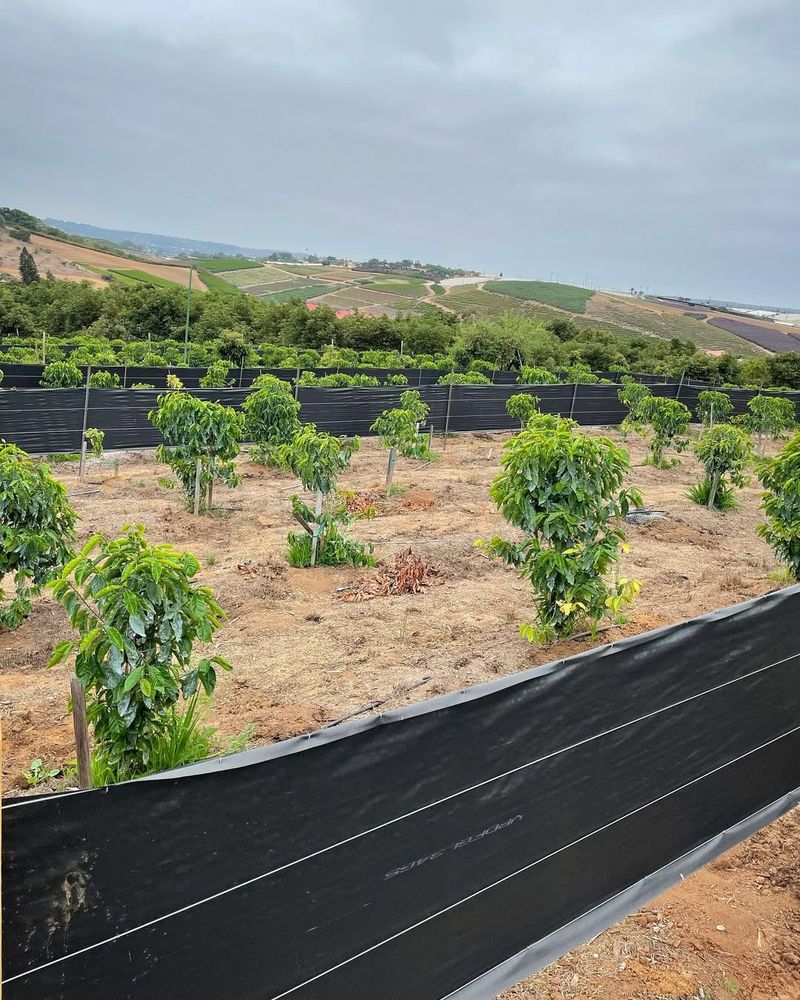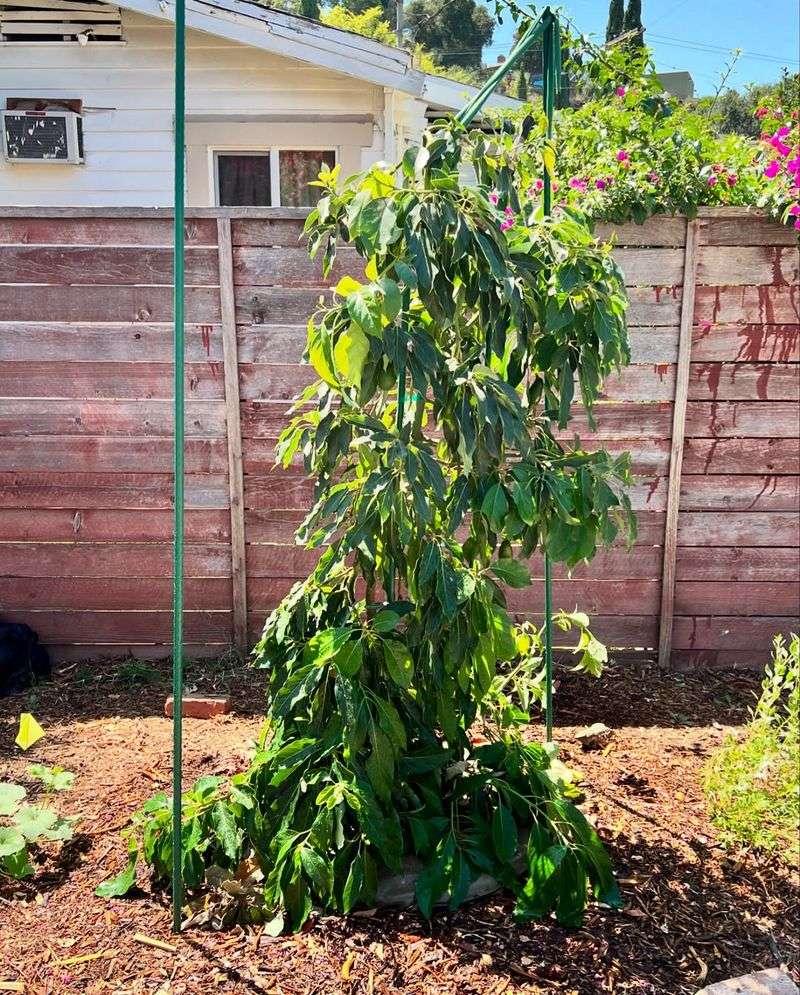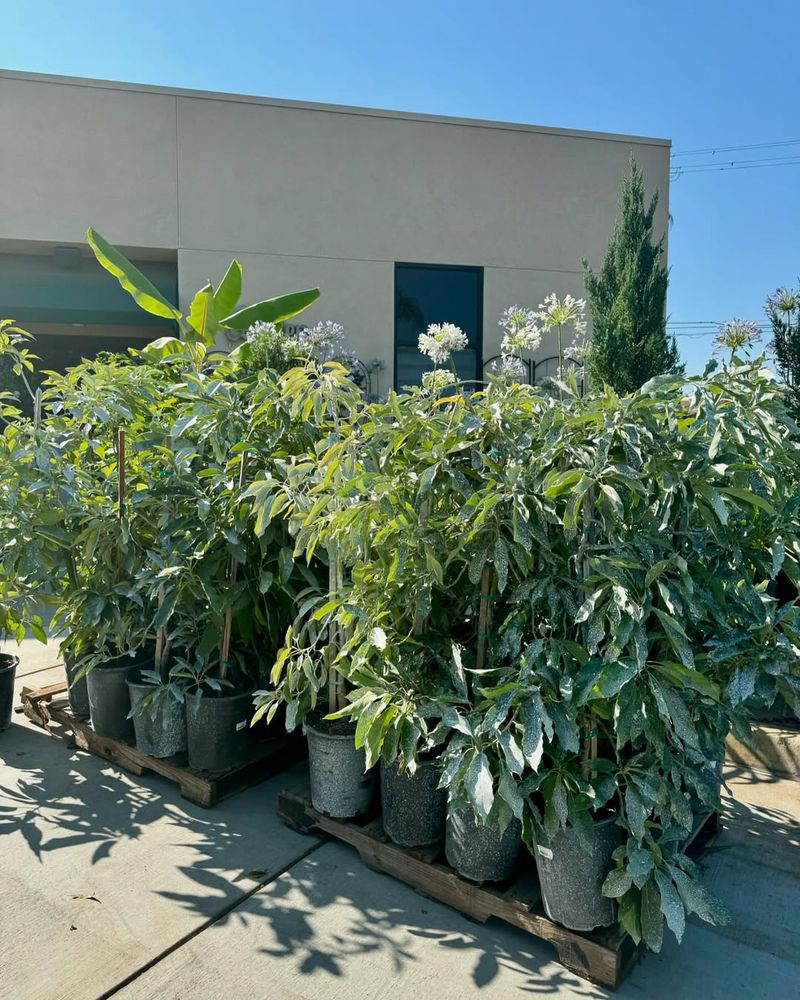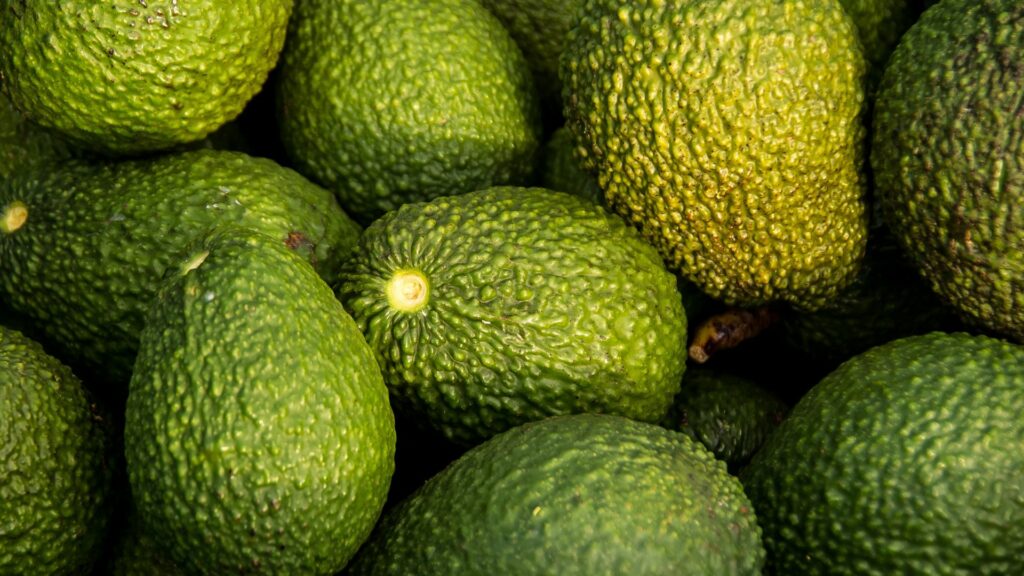Growing something green and delicious at home has never been so rewarding.
With these 27 ways, you’ll learn how to nurture and cultivate your own avocados in the comfort of your home!
1. Starting From Seed
Begin with something simple: a seed. Extract the large, round seed from a ripe avocado and wash it gently. Avoid removing the brown seed coat, as it protects the seed while it germinates. Use three to four toothpicks to suspend the seed broad end down in a glass of water.
Keep the water level just covering the bottom of the seed. Place it in a warm spot out of direct sunlight. In a few weeks, you’ll notice roots and a stem sprouting, signaling it’s time to plant in soil.
2. Using A Potting Mix
Choosing the right potting mix is essential. Opt for a mix that drains well to prevent waterlogging. A light, airy medium allows the roots to breathe and grow strong. Fill a pot with the mix, ensuring it’s deep enough to accommodate the growing roots.
Plant the seedling gently, covering the roots but leaving the top of the seed exposed. Water it thoroughly, then let it drain completely. This encourages a healthy start for your plant, promoting vigorous growth above and below the soil.
3. Choosing The Right Pot
Size does matter when it comes to pots. Select a pot with a diameter of at least 10 inches for initial growth. As the plant matures, it will need larger accommodations. Choose a pot with drainage holes to prevent root rot.
Consider the material: clay pots allow better air circulation, while plastic retains moisture longer. Regularly check the roots and repot as necessary, ensuring the plant has room to grow. This careful selection sets the foundation for a healthy, thriving plant.
4. Sunlight And Location
Where you place your plant makes all the difference. It craves sunlight, so find a spot with plenty of indirect light. A south-facing windowsill is ideal. However, too much direct sunlight can scorch the leaves.
Rotate the pot regularly to ensure even growth and prevent the plant from leaning. Adjust its placement as the seasons change to keep it thriving. This careful attention ensures it receives the right amount of light and warmth.
5. Watering Techniques
Get the balance right with watering. Overwatering can suffocate roots, while underwatering leaves them dry and brittle. Check the top inch of soil; if it’s dry, it’s time to water. Use lukewarm water and pour it slowly until it drains from the bottom.
Ensure the pot has adequate drainage holes. During warmer months, you may need to water more frequently. Consistency is key, and with a little practice, you’ll find the perfect rhythm to keep your plant healthy and hydrated.
6. Fertilizing Schedule
Feeding your plant ensures robust growth. Use a balanced fertilizer every two to four weeks during the growing season. Opt for organic options to avoid chemical buildup in the soil. Apply the fertilizer after watering to prevent root burn.
Gradually reduce feeding during the winter months when growth slows. Always follow the instructions on the fertilizer package for best results. A consistent fertilizing routine will help your plant develop strong, healthy foliage and fruit.
7. Pruning Techniques
Pruning can transform a wild bush into a thriving tree. Trim back leggy growth to encourage a fuller shape. Remove dead or damaged leaves regularly to promote healthy new foliage. Pinch back the tip of the main stem to encourage branching.
Always use clean, sharp scissors to make cuts. Pruning not only shapes the plant but also stimulates it to grow more vigorously. This regular maintenance keeps it looking its best and ensures a bountiful harvest.
8. Dealing With Pests
Pests can be pesky, but they needn’t be permanent. Keep an eye out for aphids, mites, and other common invaders. Regularly inspect the underside of leaves for any signs of trouble. If you spot pests, start with a gentle spray of water to dislodge them.
For persistent problems, use an insecticidal soap or neem oil. Encourage beneficial insects like ladybugs to visit your garden. By staying vigilant and acting quickly, you can keep your plant healthy and pest-free.
9. Indoor Vs Outdoor Growth
Both environments offer unique benefits. Indoors, you have control over temperature and light, protecting tender plants from harsh weather. Outdoors, the natural environment allows for more vigorous growth and better fruiting potential.
Decide based on your climate and available space. Move plants outdoors in spring and summer if conditions are favorable. Whether inside or out, ensure they have adequate light, water, and care. This flexibility allows you to adapt your growing conditions to suit your needs.
10. Using Grow Lights
Sometimes, natural light just isn’t enough. In darker homes or during winter months, consider using grow lights. LED lights are energy-efficient and provide the full spectrum of light needed for healthy growth.
Position the lights close to the plant, but not so close that they cause heat stress. Keep them on for 12-16 hours a day, mimicking a natural day cycle. Using grow lights ensures your plant continues to thrive, even when sunlight is scarce.
11. Repotting Techniques
As your plant grows, it may outgrow its pot. Signs that repotting is needed include roots poking out of drainage holes or water sitting on the surface. Choose a pot one size larger and carefully transfer the plant, disturbing the roots as little as possible.
Add fresh potting mix and water thoroughly after repotting. Repotting gives the roots room to expand and supports continued growth. By providing the right environment, you set the stage for a flourishing plant.
12. Climate Considerations
Knowing your climate is crucial for success. Avocados thrive in warm, frost-free areas. If you live in a colder region, consider growing your plant indoors or in a greenhouse. Monitor weather conditions and protect it from temperature extremes.
Use mulch to insulate roots during cooler months. Create a microclimate by grouping plants together or using windbreaks. Understanding your local climate helps you make informed decisions, ensuring your plant remains healthy and productive.
13. Mulching Benefits
Mulching offers multiple benefits for your plant’s health. It helps retain moisture in the soil, reducing the frequency of watering. Organic mulch also adds nutrients as it breaks down, enriching the soil. Apply a layer of mulch around the base, keeping it away from the stem.
This prevents rot and provides a tidy appearance. Monitor the mulch layer and replenish as needed. Using mulch is a simple yet effective way to maintain a healthy growing environment.
14. Companion Planting
Certain plants make great neighbors, helping each other thrive. Companion planting can deter pests, improve soil health, and contribute to better growth. Consider pairing your plant with sunflowers, which provide shade and attract pollinators.
Borage is another excellent companion, encouraging beneficial insects. Ensure adequate space between plants to prevent competition for nutrients. This harmonious arrangement supports a balanced ecosystem, enhancing growth and productivity. By choosing the right companions, you create a symbiotic garden environment.
15. Grafting Techniques
Grafting can be a game-changer if you’re aiming for fruit production. It involves joining a scion from a mature, fruiting tree to a young seedling. This technique ensures the new plant will produce fruit identical to the parent tree. Use a clean, sharp knife for precise cuts and wrap the graft securely.
Practice patience; it may take several attempts to succeed. Once established, grafted plants often bear fruit faster than those grown from seed. Grafting offers a shortcut to achieving a fruitful harvest.
16. Pollination Methods
Pollination plays a crucial role in fruit production. In nature, bees and wind usually perform this task. However, indoor plants may require hand pollination to ensure success. Use a small brush to gently transfer pollen from one flower to another.
Timing is key, as flowers open and close in specific cycles. Observe your plant’s flowering patterns to maximize pollination efficiency. By assisting nature’s process, you enhance the chances of a successful fruit set.
17. Harvesting Tips
Knowing when to harvest is essential for quality fruit. Wait until the fruit turns a uniform dark color and feels slightly soft to the touch. Gently twist and pull the fruit from the stem. If unsure, perform a taste test on a fallen fruit first.
Be patient; depending on the variety, it may take several months before the fruit is ready. Proper harvesting ensures you enjoy the best flavor and texture. With practice, you’ll become adept at recognizing the perfect picking time.
18. Using Soil Amendments
Enhance your plant’s growth with the right amendments. Compost adds organic matter and improves soil structure. Perlite enhances drainage and aeration. Incorporate amendments into the soil before planting or as a top dressing. Adjust based on soil tests to ensure nutrient balance.
Regularly amend the soil to replenish lost nutrients and maintain health. This proactive approach creates an optimal growing environment, supporting vigorous growth and fruiting.
19. Hydroponic Growing
Hydroponic growing is an innovative method for avocado cultivation. Using a water-based, nutrient-rich solution, you can grow your avocado plant without soil. This technique ensures that plants get the exact amount of nutrients they need without the risk of soil-borne diseases.
The process involves suspending the avocado seed or plant in a container filled with the nutrient solution, ensuring roots have constant access to food. This method not only enhances growth but also allows for better control over the plant’s environment.
20. Transplanting Outdoors
Transplanting is an exciting step in your growing journey. Choose a location with well-draining soil and full sun exposure. Prepare the ground by adding compost and loosening the soil. Gently remove the seedling from its pot, taking care not to damage the roots.
Plant at the same depth it was growing in the pot. Water thoroughly and monitor for signs of stress. Successful transplantation establishes the plant in its new home, where it can continue to flourish.
21. Encouraging Branching
To achieve a bushier plant, encourage branching early on. Trim the main stem once it reaches about 6 inches tall. This will stimulate the growth of side branches, creating a fuller appearance. Remove any weak or diseased shoots to focus energy on healthy growth.
Regularly check and prune as needed to maintain shape. Encouraging branching not only improves aesthetics but also enhances fruit production potential. With this simple technique, you foster a robust, thriving plant.
22. Soil PH Management
Maintaining the right pH supports nutrient uptake. Avocados prefer slightly acidic to neutral soil. Test the pH regularly and adjust with lime or sulfur as needed. A pH of 6-6.5 is ideal for nutrient availability. Uneven pH can lead to deficiencies, impacting growth and fruiting.
By managing pH, you create an environment conducive to healthy development. This careful monitoring ensures your plant receives all it needs to reach its full potential.
23. Wind Protection Strategies
Wind can be harsh, especially for young plants. Erect windbreaks using fences or hedges to reduce exposure. For smaller plants, consider using tree guards or stakes. Position taller plants or structures strategically to shield against prevailing winds.
Regularly monitor plant stability and adjust supports as needed. Protecting against wind damage ensures your plant’s leaves and branches remain intact. A thoughtful approach to wind protection supports steady growth and resilience.
24. Tracking Growth Progress
Keeping track of growth offers insights into your plant’s health. Measure height and observe leaf color and texture regularly. Document changes and compare seasonally to identify patterns. Use a journal or digital app to record observations.
Regular tracking helps detect issues early, allowing for timely intervention. By understanding growth trends, you can make informed adjustments to care routines. This proactive approach ensures your plant remains vibrant and productive throughout its life.
25. Container Gardening Benefits
Container gardening offers unparalleled flexibility. Grow your plant on a balcony, patio, or even indoors. Choose pots that complement your space and style. Containers can be moved to optimize light and temperature conditions.
This method simplifies pest management and allows for precise control over soil quality. Container gardening is ideal for those with limited space or harsh climates. Embrace the benefits of this versatile approach to enjoy fresh, homegrown fruit without the need for a traditional garden.
26. Using Coffee Grounds
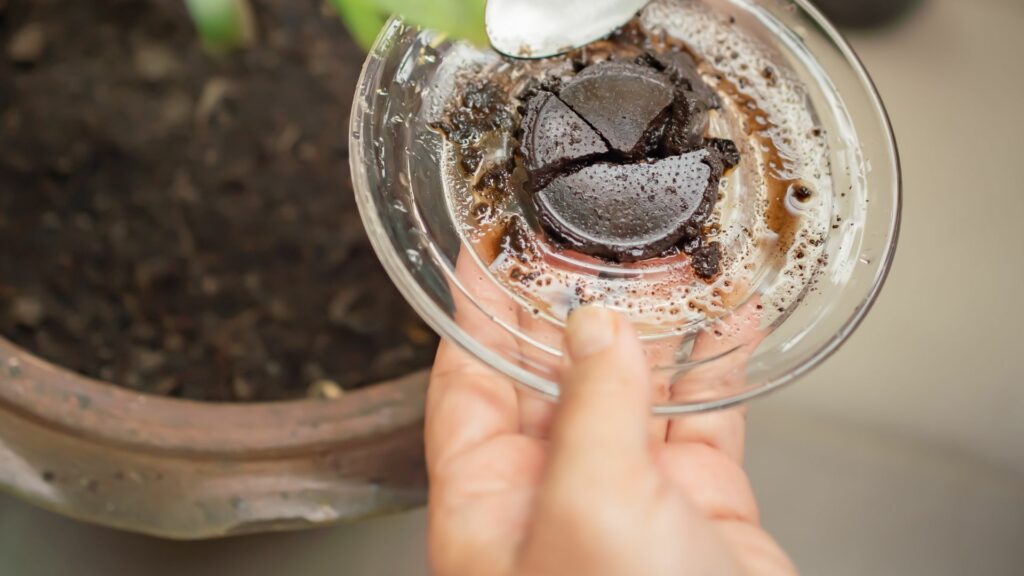
Coffee grounds offer a sustainable boost for your plant. Rich in nitrogen, they enhance soil fertility when used sparingly. Mix a thin layer into the topsoil or compost pile—never use them in large amounts, as they can retain moisture and lead to mold.
Used grounds also help slightly acidify the soil, something avocados appreciate. Just be sure they’re fully dried before use. This eco-friendly addition not only recycles waste but also supports stronger, greener growth in your homegrown tree.
27. Cold Protection Tactics
Even a slight frost can damage your avocado plant. If temperatures drop, take action quickly. For container plants, simply bring them indoors or into a greenhouse. For outdoor ones, cover them with frost cloth or burlap to trap heat overnight.
Use mulch around the base to insulate roots, and avoid watering late in the day, which can cool the soil. When a cold snap is coming, early prep can be the difference between survival and setback. With these protective tactics, your plant can weather unexpected chills with ease.

